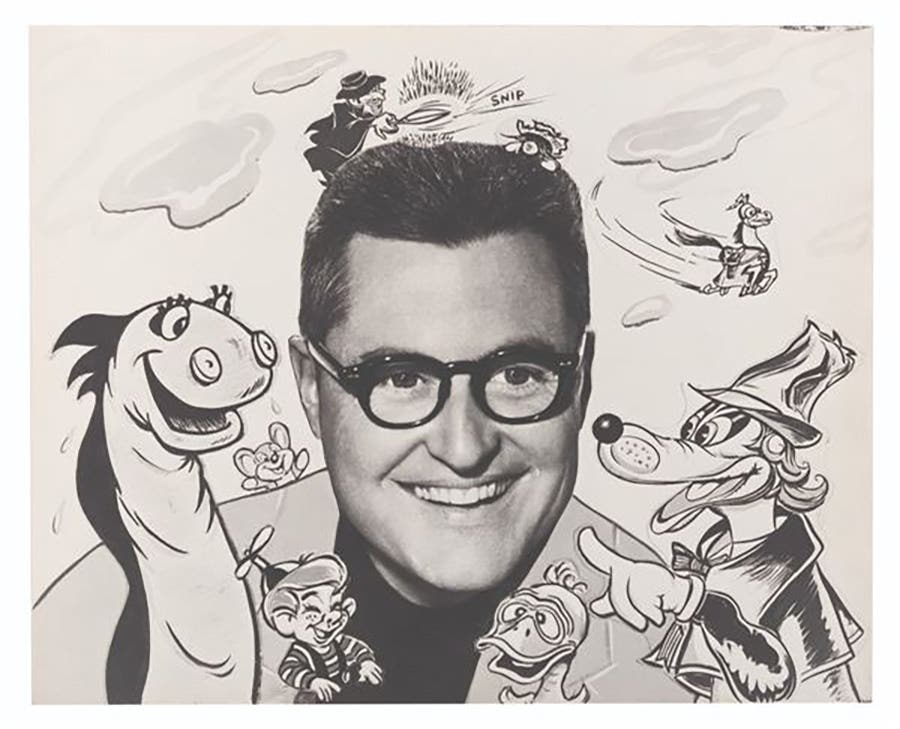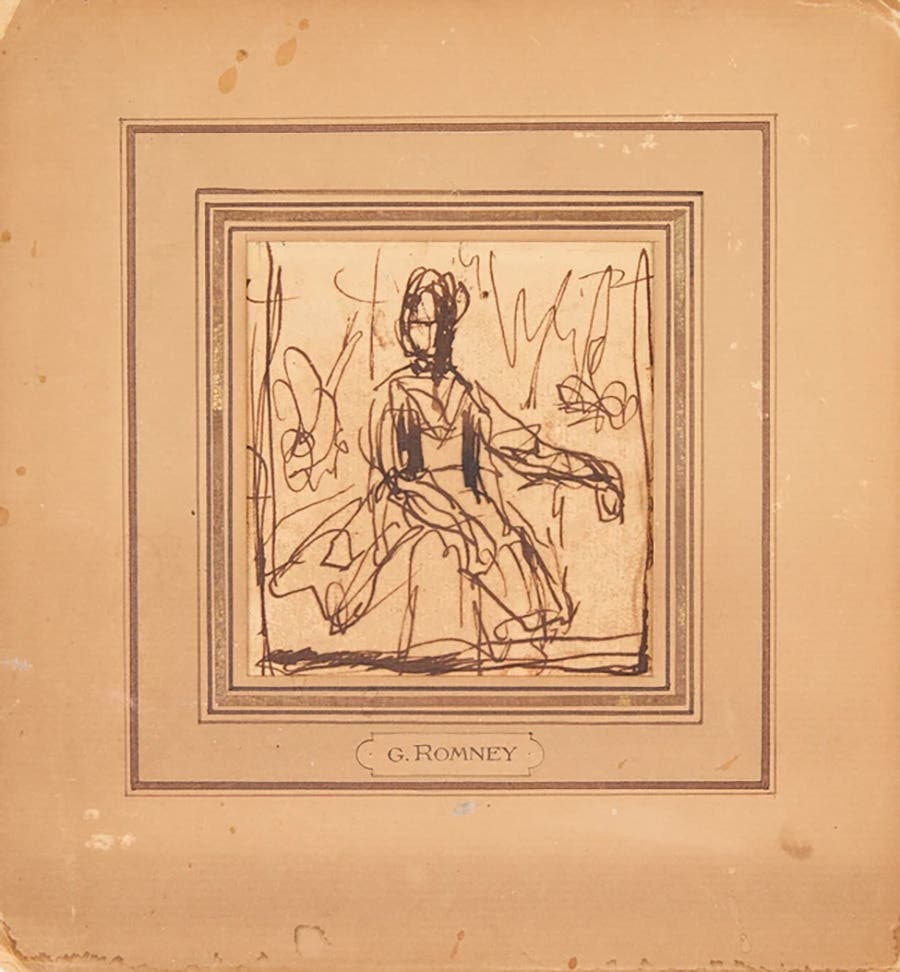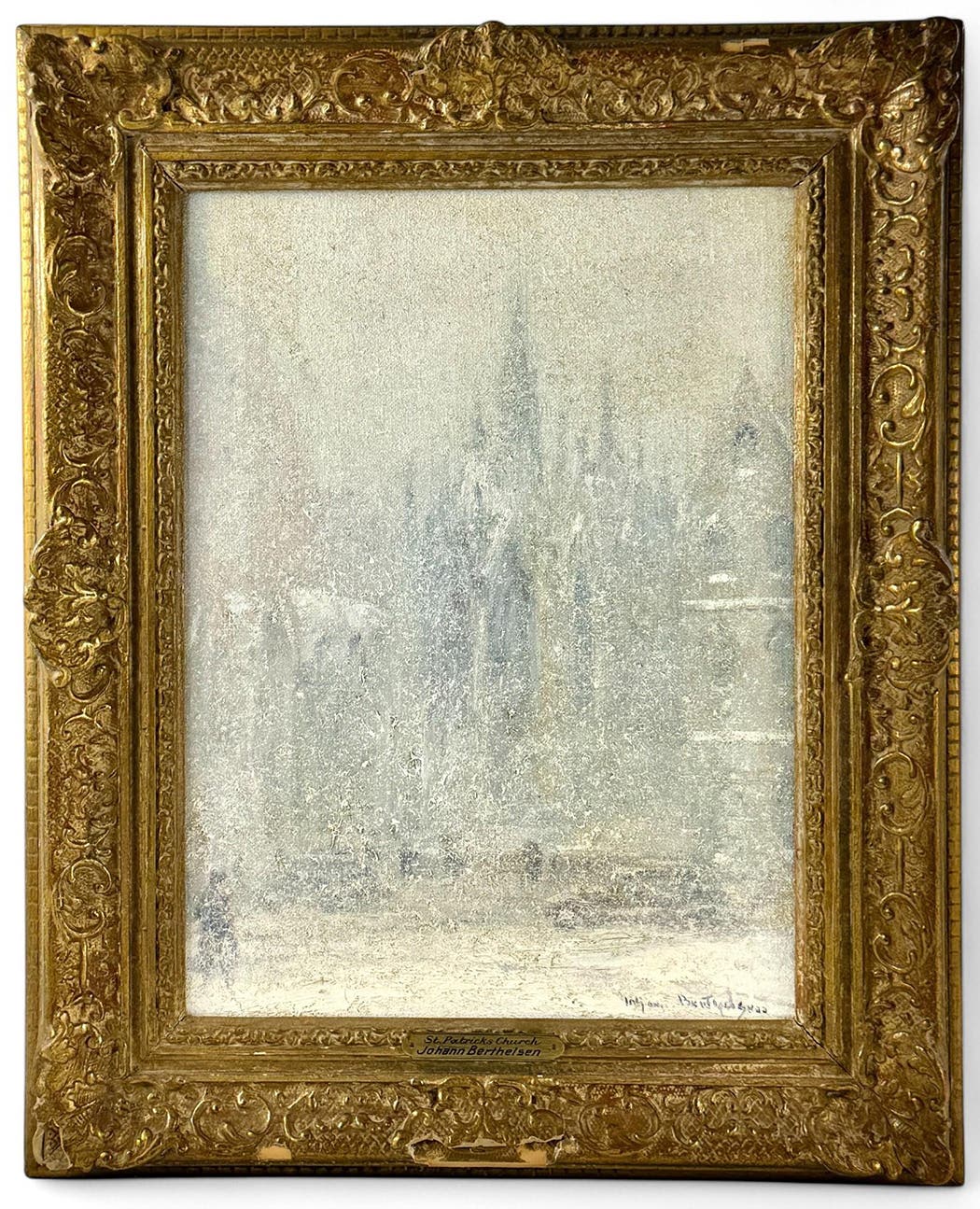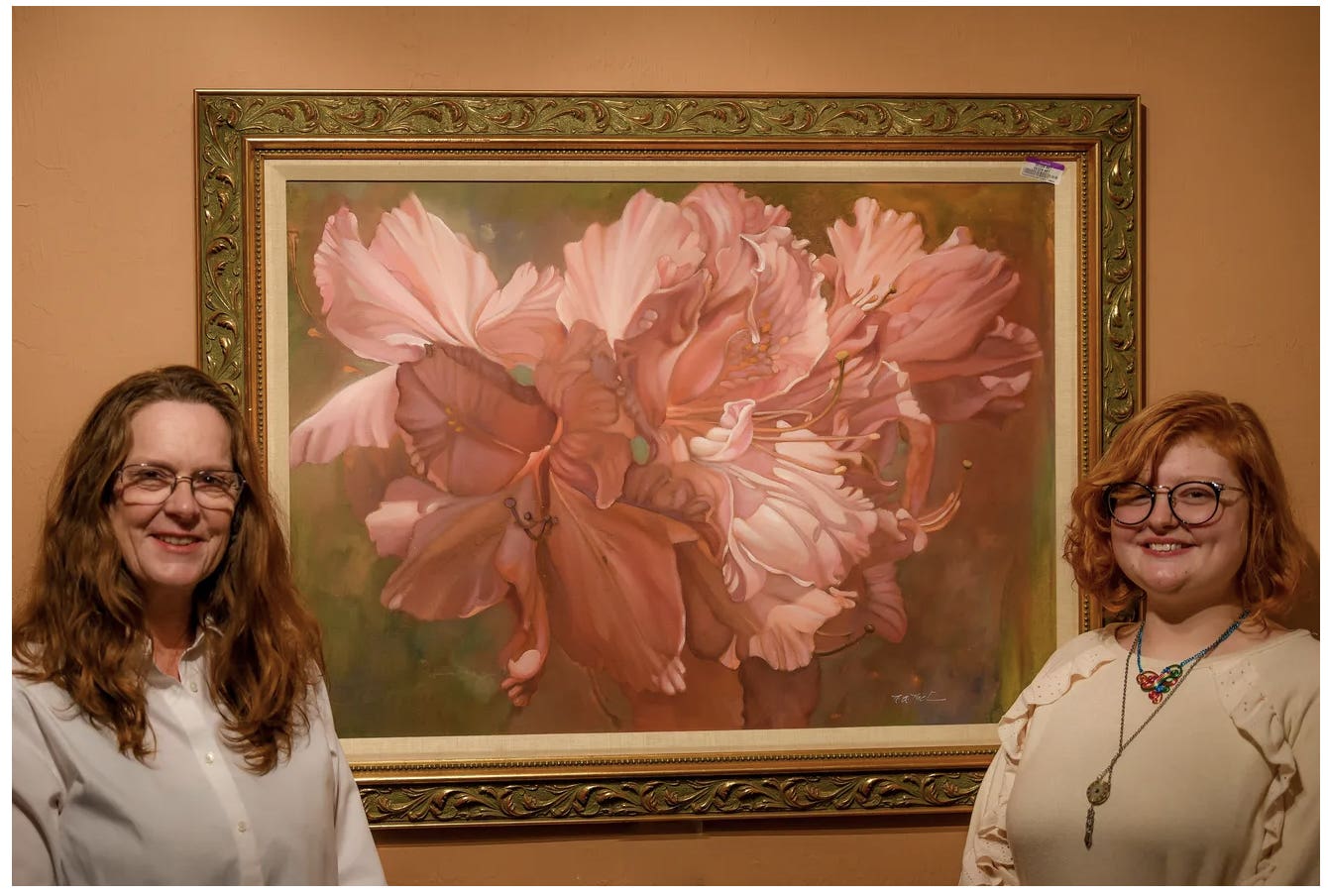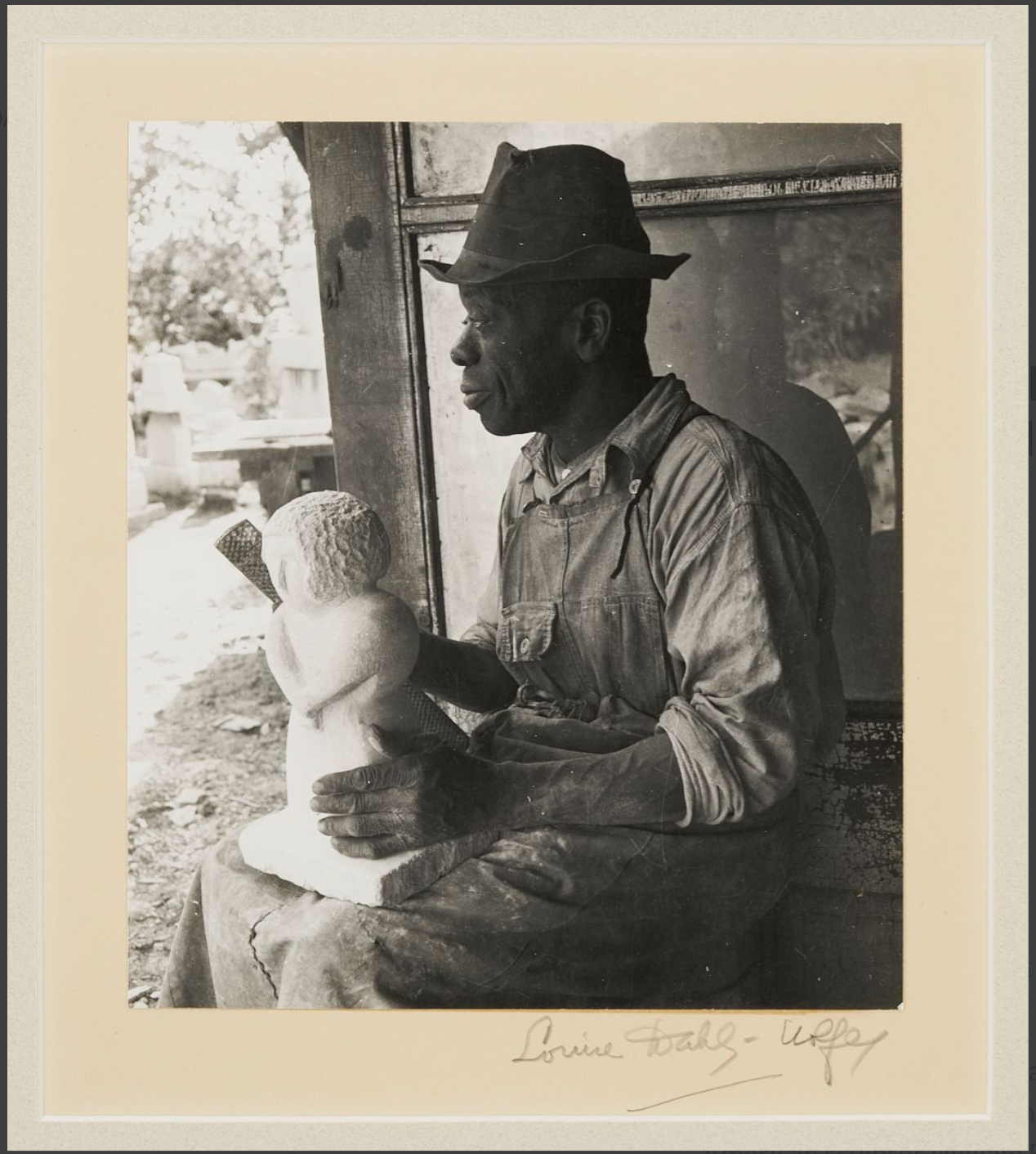The Artful Life of Georgia O’Keeffe
Best known for her paintings of the natural environment, pioneering artist Georgia O’Keeffe stripped her subjects to their purest forms and colors to heighten their expressive power.
Georgia O’Keeffe grew up on a farm outside Sun Prairie, Wisconsin. She was born in 1887, the second of seven children and the oldest daughter. Her younger siblings thought her bossy and her schoolmates regarded her as strong and self-possessed.
Printed next to her photograph in her high school yearbook from 1905, the year she graduated, is a portrait-in-rhyme: “A girl who would be different in habit, style, and dress/A girl who doesn’t give a cent for men — and boys still less.”
From the time she was 12, she wanted to be a painter. She studied at the Art Institute of Chicago when she was 18, and at 20 spent a year in New York at the Art Students League. O’Keeffe would teach in Texas and South Carolina, but moved to New York in 1918 to paint full-time at the invitation of photographer Alfred Stieglitz, with whom she’d begun an affair and to whom she would be married from 1924 until his death in 1946. Stieglitz, twenty-three years her senior, photographed her on their first meeting at his 291 gallery, and would do so over three hundred times throughout their lives together.
O’Keeffe, however, is best known for her paintings of the natural environment — namely flowers, animal skulls and the desert landscape, which she fully explored after moving to New Mexico. She stripped her subjects to their purest forms and colors to heighten their expressive power. She reduced the curved planes and contours of the flower to a symphony of basic colors, shapes, textures, and rhythms, simplifying the forms almost to the point of complete abstraction. Her large-scale close-ups of flowers were almost immediately interpreted as being purposefully reminiscent of female genitalia, which O’Keeffe ardently rejected as diminishing her painterly innovations.
“If I could paint the flower exactly as I see it no one would see what I see because I would paint it small like the flower is small,” O’Keeffe said in explaining her style. “So I said to myself — I’ll paint what I see — what the flower is to me but I’ll paint it big and they will be surprised into taking time to look at it — I will make even busy New Yorkers take time to see what I see of flowers.”
Her works of this period led the way, artistically and ideologically, for the American understanding of and approach to abstraction that would take their true form in abstract expressionism of the 1950s and 1960s.
O’Keeffe also turned her artist’s eye to New York City skyscrapers, the symbol of modernity, in paintings including City Night (1926), Shelton Hotel, New York No. 1 (1926) and Radiator Bldg—Night, New York (1927). Following numerous solo exhibitions, O’Keeffe had her first retrospective, “Paintings by Georgia O’Keeffe,” which opened at the Brooklyn Museum in 1927. By this time, she had become one of the most important and successful American artists, which was a major achievement for a female artist in the male-dominated art world. Her pioneering success would make her a feminist icon for later generations.
Three years after Stieglitz’s death, O’Keeffe moved to New Mexico in 1949, the same year she was elected to the National Institute of Arts and Letters. In the 1950s and 1960s, O’Keeffe spent much of her time traveling the world, finding new inspirations from the places she visited.
Among her new work was a series depicting aerial views of clouds as is seen in Sky above Clouds, IV (1965). In 1970, a retrospective of her work at the Whitney Museum of American Art in New York City renewed her popularity, especially among the feminist art movement.
In her later years, O’Keeffe suffered from macular degeneration and began to lose her eyesight. As a result of her failing vision, she painted her last unassisted oil painting in 1972, however, her urge to create didn’t falter.
With the help of assistants, she continued to make art and she wrote the bestselling book Georgia O’Keeffe (1976). “I can see what I want to paint,” she said at the age of 90. “The thing that makes you want to create is still there.”
In 1977, President Gerald Ford presented O’Keeffe with the Medal of Freedom and, in 1985, she received the National Medal of Arts.
O’Keeffe died on March 6, 1986, in Santa Fe, New Mexico, and her ashes were scattered at Cerro Pedernal, which is depicted in several of her paintings.
The pioneering artist produced thousands of works over the course of her career, many of which are on exhibit at museums around the world. Her work can be found at the Museum of Modern Art, the Metropolitan Museum of Art, the Centre Pompidou and other major museums around the world.
The Georgia O'Keeffe Museum in Santa Fe, New Mexico is dedicated to preserving the life, art and legacy of the artist, and offers tours of her home and studio, which is a national historic landmark.
Sotheby's New York also had a recent auction of O'Keeffe's artwork and personal belongings that sold for more than $17 million. Read more about it here.

